I would like to run a linear regression with the y-intercept forced to 0.115. This is the code I tried. I set to fit_intercept=True to get a non-zero y-intercept, but can I set it to a value?
Also, how can I get the best fit line to be plotted rather than a line connecting each point?
Thanks in advance.
import numpy as np
import matplotlib.pyplot as plt
from scipy.optimize import curve_fit
from sklearn.metrics import r2_score
from sklearn.linear_model import LinearRegression
x=np.array([0, 10, 20, 30, 40, 50, 60, 70, 80, 90, 100]).reshape(-1,1)
y=np.array([0.113, 0.116, 0.130, 0.150, 0.150, 0.160, 0.180, 0.210, 0.220, 0.260, 0.280])
regression=LinearRegression(fit_intercept=True).fit(x,y)
r_sq=round(regression.score(x,y),4)
m=round(regression.coef_[0],4)
b=round(regression.intercept_,4)
print("r_sq:", r_sq,"m:",m,"b:",b)
plt.figure()
plt.scatter(x,y)
plt.title('A')
plt.ylabel('X')
plt.xlabel('Y')
plt.plot(x,y,'r--',label='measured')
plt.legend(loc='best')

